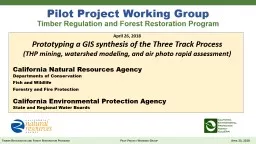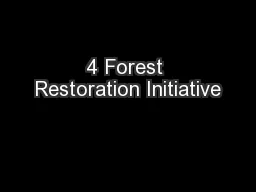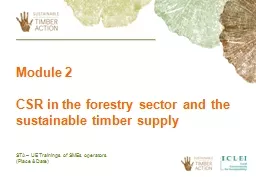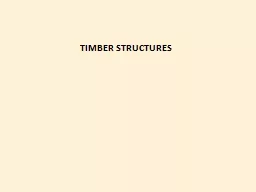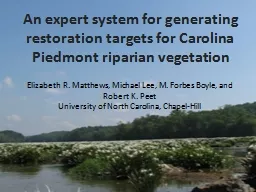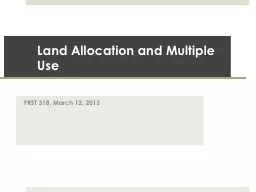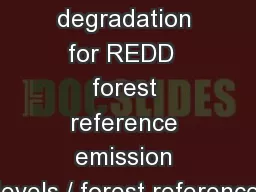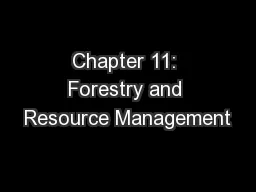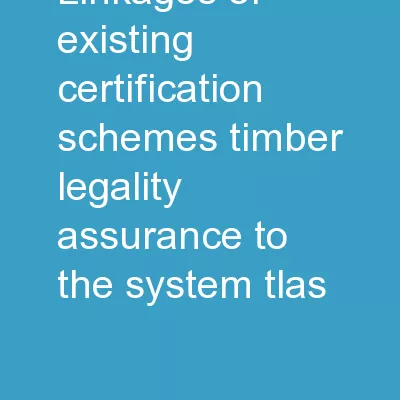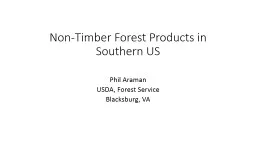PPT-Timber Restoration and Forest Restoration Program
Author : aaron | Published Date : 2018-09-30
Pilot Project Working Group Timber Regulation and Forest Restoration Program April 26 2018 Prototyping a GIS synthesis of the Three Track Process THP mining watershed
Presentation Embed Code
Download Presentation
Download Presentation The PPT/PDF document "Timber Restoration and Forest Restoratio..." is the property of its rightful owner. Permission is granted to download and print the materials on this website for personal, non-commercial use only, and to display it on your personal computer provided you do not modify the materials and that you retain all copyright notices contained in the materials. By downloading content from our website, you accept the terms of this agreement.
Timber Restoration and Forest Restoration Program: Transcript
Download Rules Of Document
"Timber Restoration and Forest Restoration Program"The content belongs to its owner. You may download and print it for personal use, without modification, and keep all copyright notices. By downloading, you agree to these terms.
Related Documents

